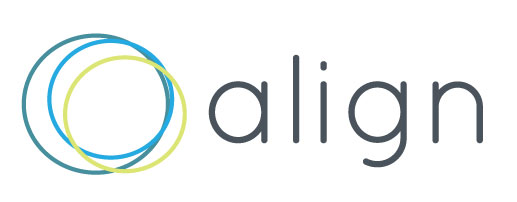Are your innovation efforts too slow?
When it comes to figuring out new ways to create value for customers, there are three major hurdles: knowing what customers really want, figuring out what to do about it, and then actually doing it. Progress can stall at any stage even for the most entrepreneurial business leader, especially now. That’s why having a process to lean into is so important. So, here’s how to keep moving forward to grow your business – even during the pandemic. There’s a proven process for finding gaps, creating new value, and getting traction for new initiatives -- and it works in three steps: Insights, Ideas, and Implementation. Let’s work backward.
Prototype to Start Implementation
Let’s say you’ve got a concept that’s been in your head for a while. It’s got a name and you know it will work – even now, especially now. Get it moving by telling someone about it… Create an ad for it, a one-page flyer, or a diagram. This kind of conceptual prototype is the first step in testing whether there’s merit for building it. You might be concerned about putting out half-baked ideas or revealing something you’re not actually ready to support -- but you can do it in stealth mode if you’re worried about impacting your brand. Even though a prototype may generate more questions than you have answers for, the process helps you figure out what aspects customers are interested in, and what it might take to actually build it. If it’s funding you need, imagine being able to say “we got 30 people to attend an info session for a new service and 15 put their name on a waitlist.”
Don’t procrastinate. Resist the urge to over-analyze, over-engineer, or wait for perfect conditions. You need to make something that becomes a conversation starter with customers. On a recent technology services project, our first prototype was ripped apart by one of our reviewers. In our defense, it turned out they weren’t the target customer, but their feedback as a prosumer was super helpful. Our solution hit a nerve by addressing the right problem, and their comments taught us what we needed to fix. It was the fastest, cheapest way to get traction. For examples and tips on how to do it, check out this webinar.
But what if you don’t have a good idea?
Coming Up With Viable Ideas
If you’ve been going in circles trying to create an epiphany, there’s actually a process you can use to get ideas flowing. Brainstorming is social, and the more diverse your group, the better. Try on different constraints that force people to see a situation from a different point of view. Ie. ‘What if we couldn’t serve students on campus but we brought campus resources to them?’ ‘What if we used these tour buses to carry stuff, not people? Or brought the tour to where the people are?’
But most importantly, the art of a good brainstorm is inspired by customers’ needs. We use parallel inspirations to represent customer priorities and preferences with tangible examples from other industries. When we helped a tourist attraction rethink options, we encouraged it to think like a science center, because they were both serving the same kinds of customers. Lastly, we use business model patterns to spark different ways of operating and creating value. We’ve done a few webinars around this idea and they always give people new ways of thinking about their business. Check here for the next session. For more brainstorming tips, check out this earlier post.
Insights before Ideas
Lastly, avoid one of the biggest failures of brainstorming by doing the homework first. If you don’t have objective, fresh insights about what customers really want, you risk creating solutions that aren’t even relevant. Because you see the world through your lens, as someone with a solution to sell, it’s really hard to separate out your own point of view, in order to think like customers do, even if you spend a lot of time with customers, listening to their concerns. And if you had a clear sense of customer priorities before the pandemic, it’s likely those have changed. Your customer groups may be more fragmented now because of the wide range of ways that the pandemic has affected everyone differently.
One way to see customers’ needs with fresh eyes is through objective interviews. If you’re going to do the interviews yourself, then pause to acknowledge your bias. What does your customer wish you knew about their situation so that you could serve them better? What do you think the customer does not know that holds them back from buying? Be sure to talk to non-customers in a target audience you want to serve. Ask ‘why’ a lot.
Bottomline about insights… if there’s anything about your service category that’s annoying to customers, you can be fairly confident that an innovator somewhere is searching for a way to make it better. To avoid being blindsided by more appealing alternatives, keep your ear to the ground. We offer potential clients a sneak preview of customer insights with a Voice of the Customer Snapshot. Request yours here.
Align’s Three I’s method is a development process for new products and services that produces Insights, Ideas, and Implementation. You get objective, fresh insights about your customers’ needs, a creative experience that generates viable new ideas, and help prototyping your way to traction with new initiatives.



